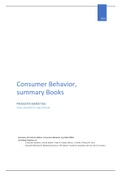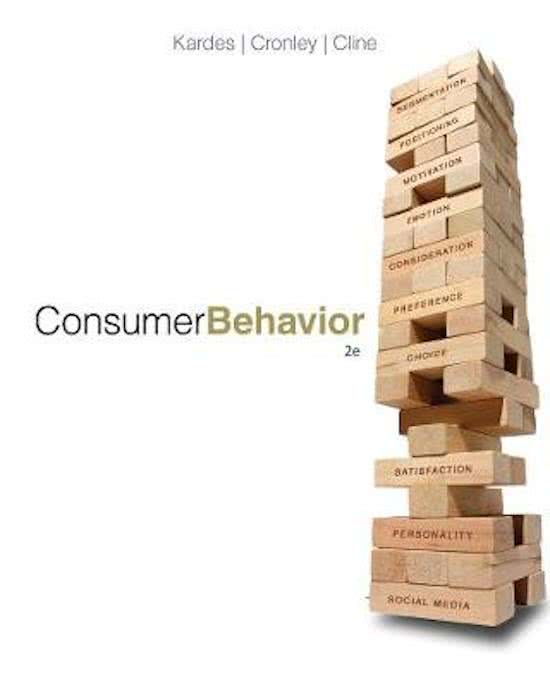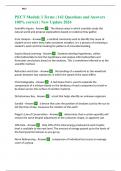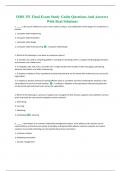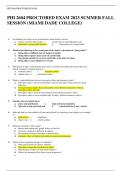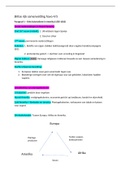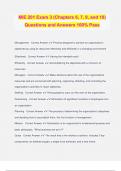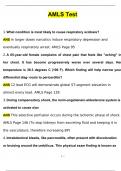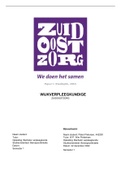Summary
Consumer Behavior: summary whole book. By Kobe Millet: Kardes and Gravetter
- Course
- Institution
- Book
This is a structured summary of Consumer Behavior by Kobe Millet. It provides you with essential information for the exam. Good lucky with preparing for the exam! Ps. Some difficult words are also explained in Dutch. Might be helpful for Dutch students. However, it is not distracting the summary f...
[Show more]
